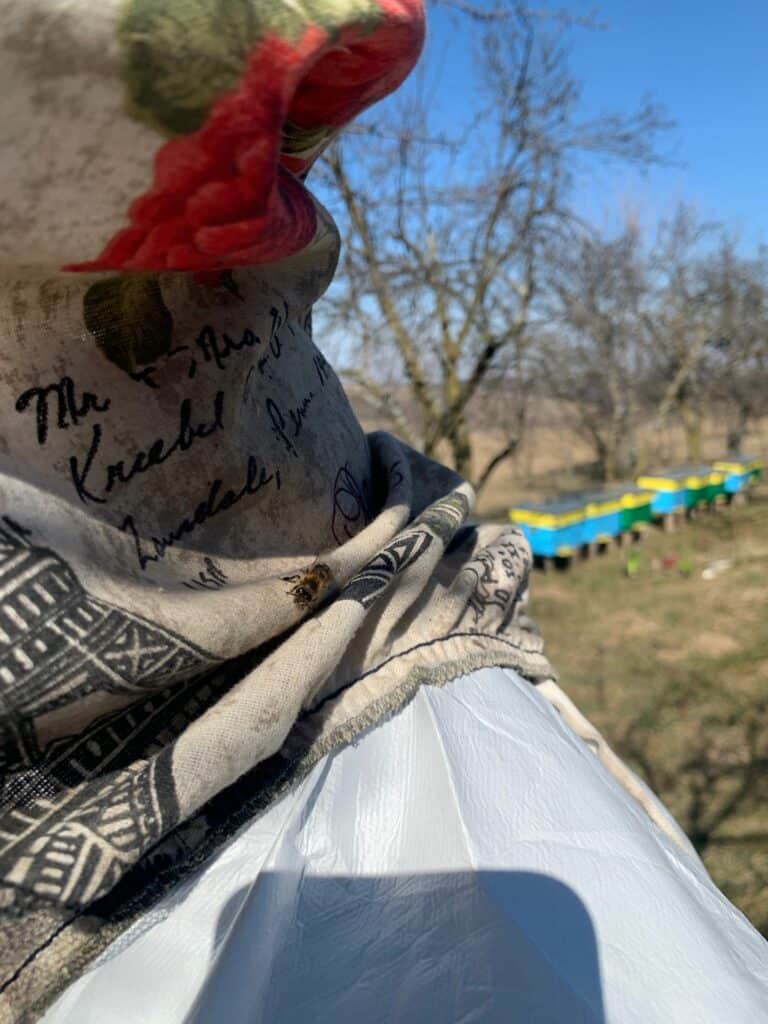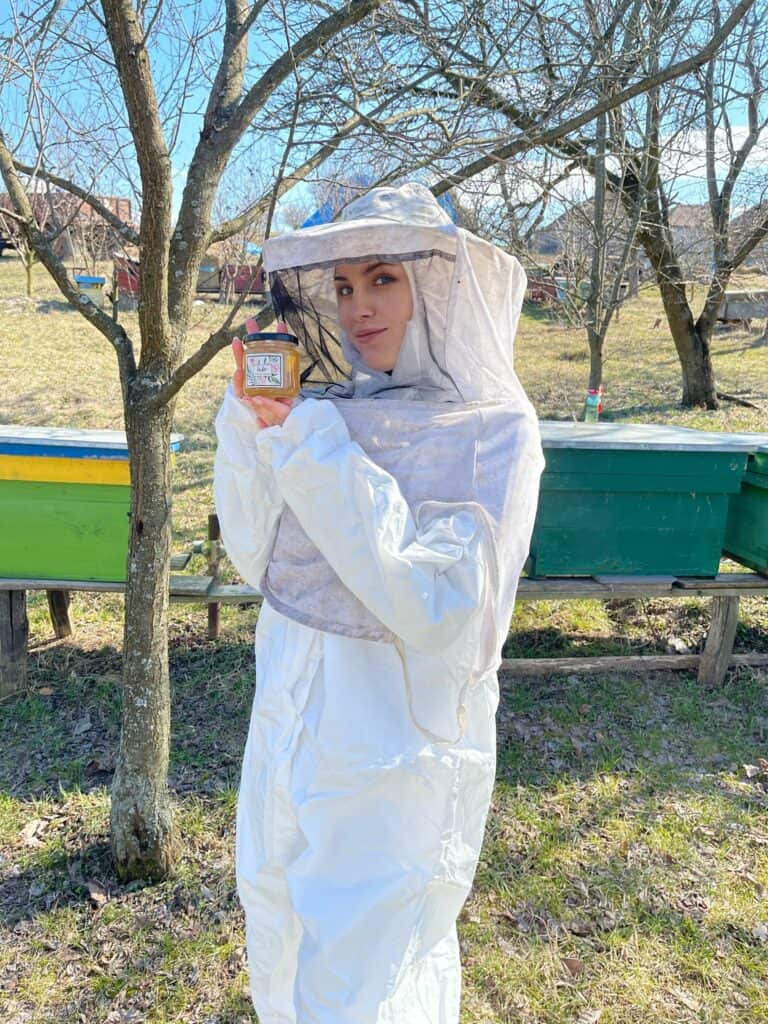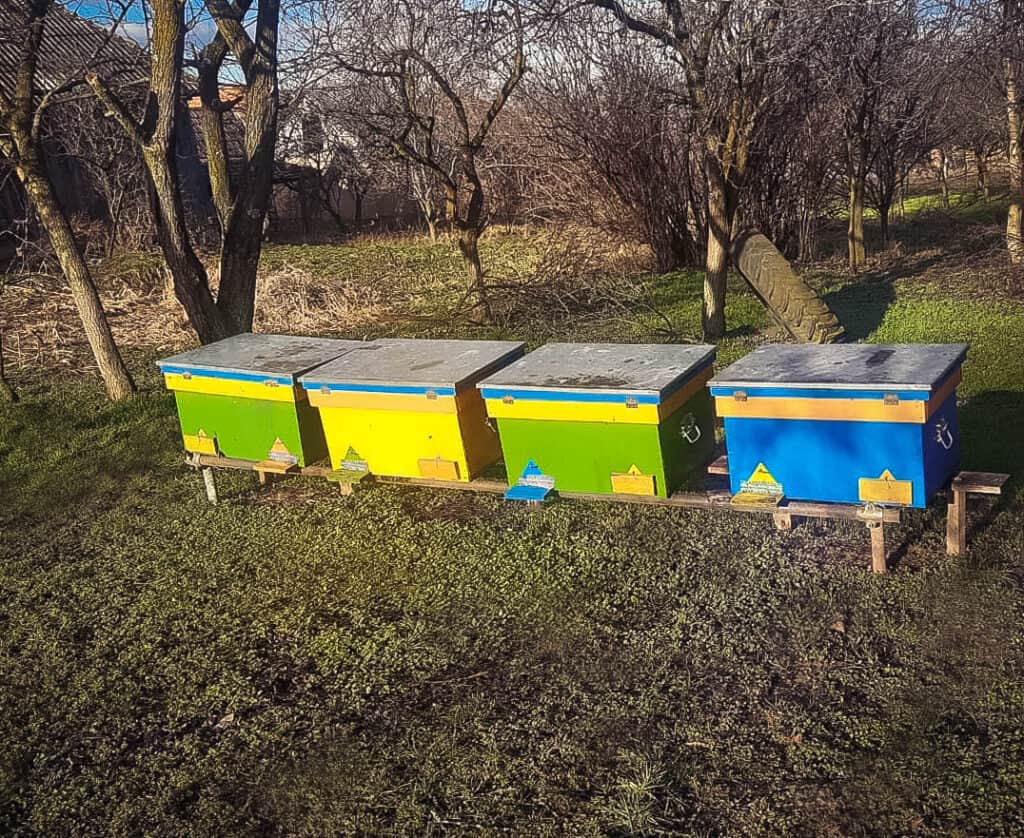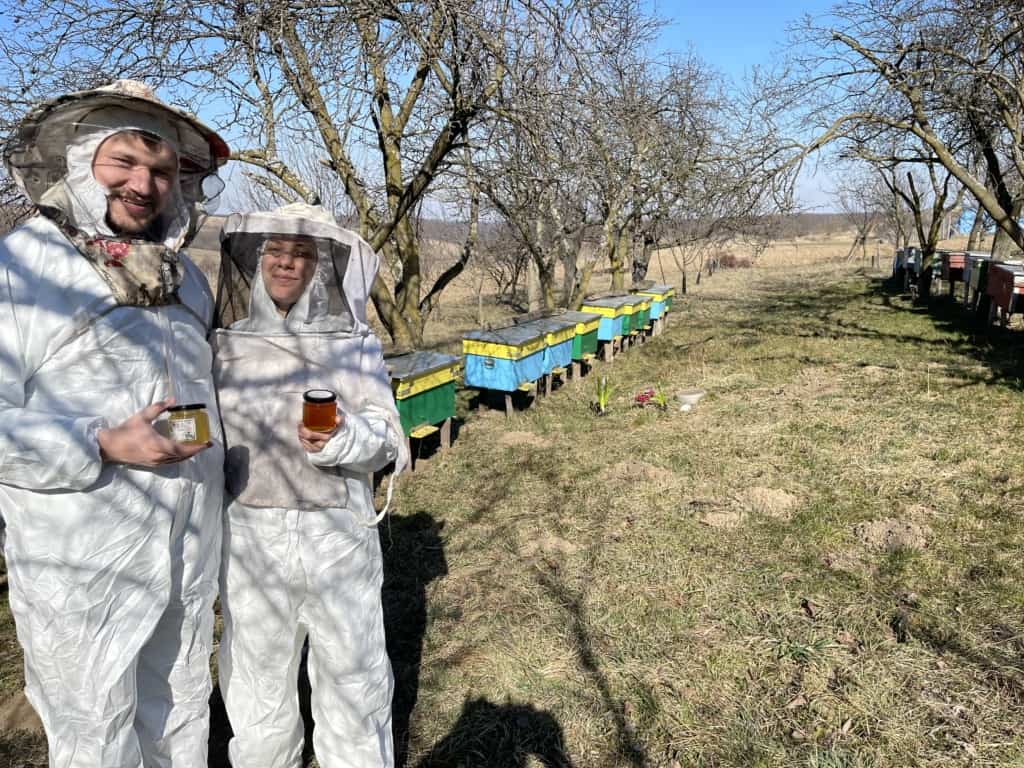Beekeeping can be a risky profession sometimes, and beekeepers must take all necessary steps to ensure their safety. Wearing a
beekeeper’s suit, which is comprised of materials that protect the beekeeper from bee stings, is part of this. In warmer weather, the
suit keeps the beekeeper cool and protects them from other insects that may be present in the hive. This article will help you understand the benefits of wearing a beekeeper suit and make an informed decision about what type of suit is going to be best for you.
1. What are beekeeper suits?
People who work with bees wear a beekeeper’s suit as protective gear. It is insulated and contains multiple compartments to keep the
beekeeper comfortable in all kinds of weather conditions. The beekeeper’s outfit also protects him from stings and other possible
threats. A full-body bee suit is often a single piece of thick white cotton canvas or many layers of bee-proof mesh netting. It includes long sleeves with elastic at the ends that go around your wrists and long legs that fit around your ankles.
Today’s beekeepers wear a three-part protective outfit: a hooded veil, a full-body overall, and gloves. The current beekeeping suit, like apiarist attire in the past, is meant to block bees from accessing your skin without restriction.

2. How thick should a beekeeper’s suit be?
If you’re wondering how thick a beekeeper suit should be to protect you from bee stings, you should know that there is no specific
number for how thick different beekeeper suits should be. It is entirely dependent on the manufacturer and the type of material
employed. The majority of cotton beekeeping suits have a thickness of 220 to 280 gsm, which translates to 0.22 to 0.40 millimetres in millimetres. If you’re wondering how long a honey bee stinger is, you should know that it’s normally around 1.6 millimetres long.
How is it feasible that a suit can protect you from bee stingers if the stingers are longer than the typical thickness of a beekeeping outfit? Keep reading to find out.
3. Why should I wear a beekeeper’s suit?
There’s no denying that beekeeping can be a hazardous occupation. However, by wearing a beekeeper’s suit, you can protect yourself from stings and other potential dangers. It’s important to understand that the aim of a beekeeping costume is to make it harder for stingers to reach you, not to stop them in their tracks. That implies that a beekeeping suit’s thickness is intended to reduce the odds of stingers reaching your skin, given that these costumes are also designed to fit loosely.
The bee suit also provides security to the beekeeper, allowing them to operate more quietly and slowly, which is crucial. If you make a lot of fast movements around the bees, they might get easily irritated and aggressive. So If you’re interested in beekeeping and want to make sure you’re fully prepared for any situation, invest in a beekeeper’s suit.

4. How does the beekeeper’s suit help
protect the beekeeper?
A beekeeper’s outfit is a must-have item for any beekeeper. It not only provides some dust protection, but it also gives security for
people dealing with bees in close quarters. Furthermore, the bee suit protects the beekeeper from stings and other threats. Overall,
it’s an important aspect of safeguarding both the beekeeper and the bees.
5. What are the benefits of wearing a
beekeepers suit?
Beekeepers’ suits assist boost honey production and produce more useful pollination services for the hive, in addition to protecting
against bee stings. A beekeeper’s suit can also aid decrease beekeeping equipment wear and tear, as well as increase bee visibility for improved pollination. The suit also helps isolate any scents coming from your body or hair which may trigger the bees.

6. How do I select the right beekeeper suit
for me?
Today’s market is flooded with beekeeping suits, but the easiest method to locate the perfect one is to try on many and choose one
that fits properly. You may also get assistance from a beekeeping specialist in determining the best suit for you. You don’t want your
skin to be easily accessible, so make sure the suit fits loosely.
7. What are the different types of
beekeeper suits?
Full suits, half suits, and veils are the three varieties of beekeeping suits. The most protective garments are full suits, which are
constructed of strong material and have a hood that completely protects the head and face. The hood of a half suit is full, but the
face is uncovered. Veils are a form of half-dress that hides the face but exposes the head and neck.

8. Why should beekeepers wear white?
Bees have had to defend themselves against predators who wish to harm them in order to evolve. This frequently manifests itself in the form of animals wishing to consume their tasty honey and attacking a beehive in order to do so. The majority of these predators/animals happen to be dark in colour. As a result, bees are considered to have learned to detest dark-coloured creatures approaching their hives through time. As a result, by wearing white, a beekeeper may approach and open the hive without the bees becoming protective and attacking, lowering the risk of getting stung or attacked.
A beekeeper’s suit can help protect the beekeeper from bee stings and other injuries caused by bees. You can maintain your beekeeping operations secure and free of harm by ensuring that you are adequately protected. Before and during working with the hives, make sure you choose the correct bee suit and observe all of the crucial guidelines (such as no scents, no quick movement, and no screaming around the bees).
BEE SAFE!!

